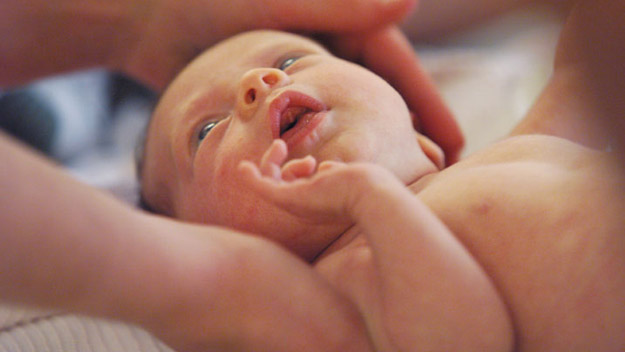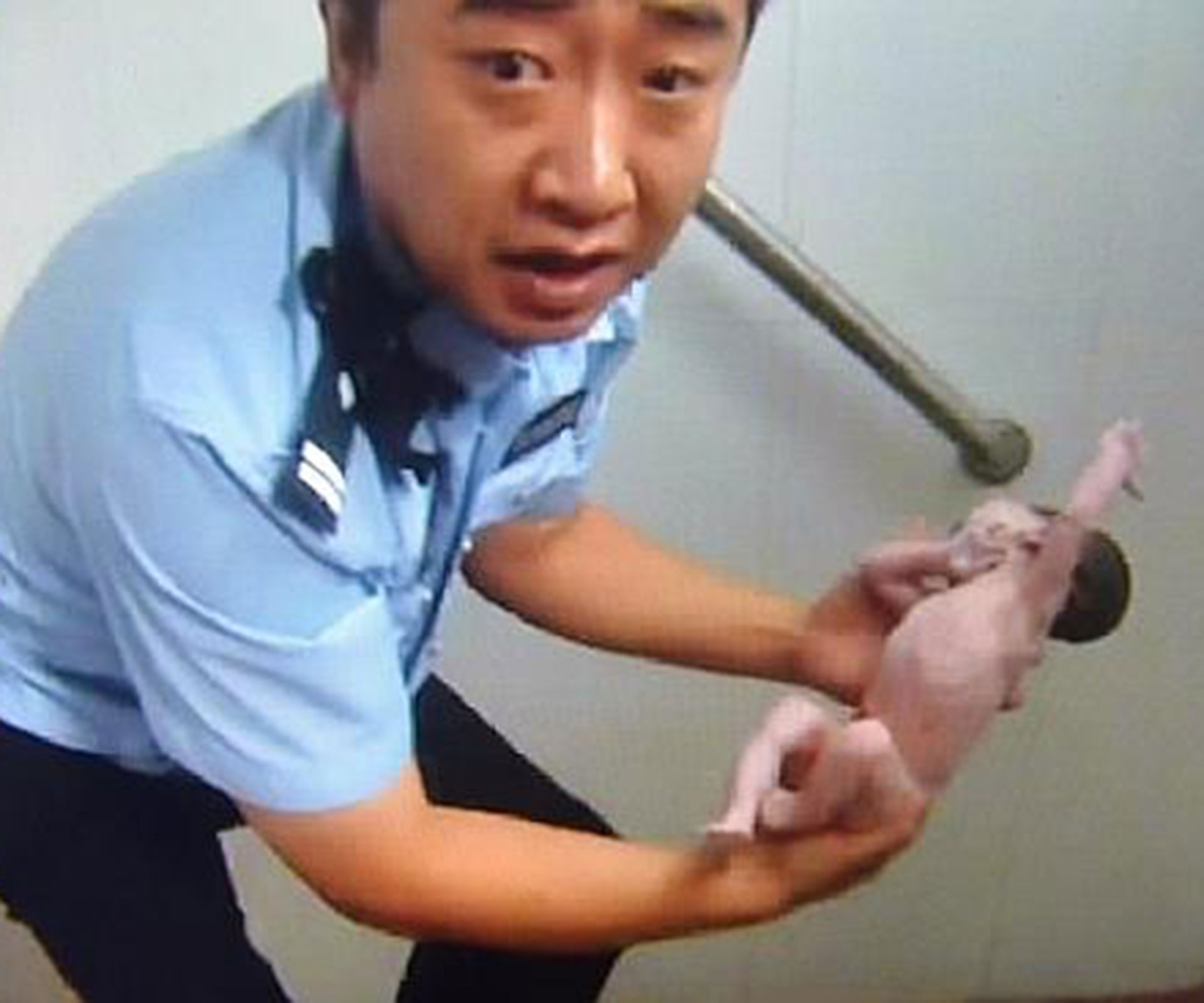During pregnancy, your baby received nourishment through blood vessels in the umbilical cord, which entered his body at his navel and ran to his liver and major blood vessels. After birth the umbilical cord is no longer needed, and after it is cut, it will start to shrivel away.
When will his cord drop off?
The cord usually falls off after around five or six days, but it can take up to 14. It comes off by itself and it may take a further couple days for the navel to heal completely and stop looking a little sore. Your community midwife will check the cord stump every day until it falls off. She will look out for signs of infection or abnormal bleeding, which can be treated with antibiotic powder or oral antibiotics.
What you should do
You need to keep the navel clean and dry. If the cord stump is sticky, gently clean it with cotton wool and cooled, boiled water. To keep your baby’s nappy from rubbing the area, turn it down at the top and allow the air to get to it. Don’t try and pull off the cord before it’s ready.
Bleeding and weeping
The cord stump can be sticky by the time it drops off and might leave a smear of blood. Commonly, when the cord separates, a little piece of tissue (called a granuloma) on the navel may look a little inflamed or weep.
Navel problems
Speak to your midwife if you notice any of the following:
1. The cord is particularly sticky or weepy.
2. There is redness in the skin around the navel, particularly if it is spreading or your baby seems unwell.
3. There are small acne-like spots near the navel – these could be a sign of infection. Infections of the navel can be potentially serious as the umbilical cord blood vessels behind it can provide a route for infection to spread internally.
4. There are fresh drops of blood coming from the navel – this can, quite rarely, be a sign of blood-clotting problems.


